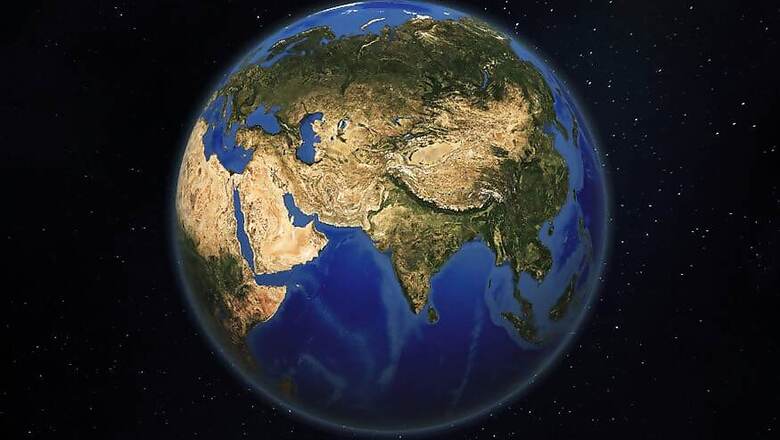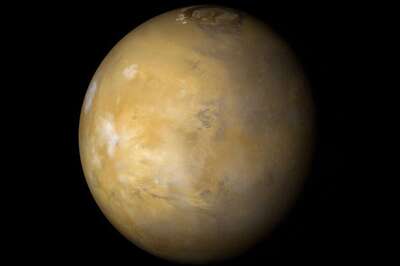
views
Proposals to reduce the effects of global warming by imitating volcanic eruptions could have a devastating effect on global regions prone to either tumultuous storms or prolonged drought, a study has found. Geoengineering - the intentional manipulation of the climate to counter the effect of global warming by injecting aerosols artificially into the atmosphere - has been mooted as a potential way to deal with climate change. However, new research led by climate experts from the University of Exeter in the UK suggests that targeting geoengineering in one hemisphere could have a severely detrimental impact on the other.
News18.com Presents Tech and Auto Awards 2017 | Tech Personality of the Year: Dr. Karan Jani or Vijay Shekhar Sharma? Vote And Win
They suggest that while injections of aerosols in the northern hemisphere would reduce tropical cyclone activity - responsible for such recent phenomena including Hurricane Katrina - it would at the same time lead to an increased likelihood for drought in Sahel, the area of sub-Saharan Africa just south of the Sahara desert. Researchers have called on policymakers worldwide to strictly regulate any large scale unilateral geoengineering programmes in the future to prevent inducing natural disasters in different parts of the world. "Our results confirm that regional solar geoengineering is a highly risky strategy which could simultaneously benefit one region to the detriment of another," said Anthony Jones, from the University of Exeter.
"It is vital that policymakers take solar geoengineering seriously and act swiftly to install effective regulation," said Jones, lead author of the study published in the journal Nature Communications. The research centres on the impact solar geoengineering methods that inject aerosols into the atmosphere may have on the frequency of tropical cyclones. The controversial approach, known as a stratospheric aerosol injection, is designed to effectively cool the Earth's surface by reflecting some sunlight before it reaches the surface. The proposals mimic the aftermath of volcanic eruptions when aerosols are naturally injected into the atmosphere. In the study, the researchers use sophisticated simulations with a fully coupled atmosphere-ocean model to investigate the effect of hemispheric stratospheric aerosol injection on North Atlantic tropical cyclone frequency. They found injections of aerosols in the northern hemisphere would decrease North Atlantic tropical cyclone frequency, while injections contained to the southern hemisphere may potentially enhance it.
Watch: Katrina Kaif And Manu Jain Talks About the New Xiaomi Redmi Y1




















Comments
0 comment